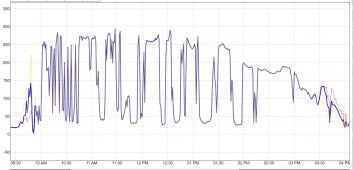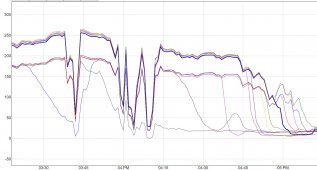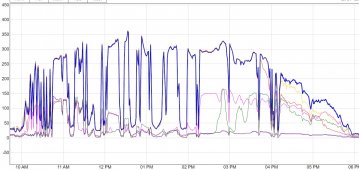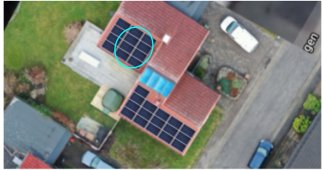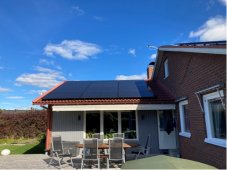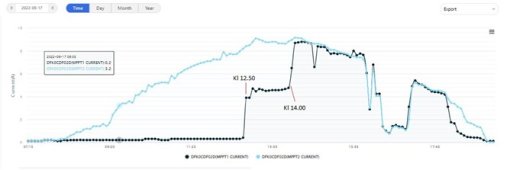wattmatters
Solar Wizard
You don't need optimisers. It's a bit of shade late in the day at one end of the array. These panels are a half cut and will have good shade tolerance and not hurt the rest of the array's production. An inverter with a good global MPPT algorithm will manage it.Jinko 410W Tiger Neo N-type 54Cell AB
You could put an optimiser or two up there but I somehow doubt you'll recover the cost in extra production. Optimisers don't make sunshine, they are supposed to help reduce the negative impacts of partial shading on the rest of the string. But modern panels and string inverters manage it very well now such that there's not much left squeeze out of the stone.
Just monitor production and compare with an expected output for such an array configuration. You could use a service like solcast to provide some estimates:Now in a serious note. Is there any way to determine that all 10 panels are up and running (and none is acting up or faulty)? And without having to go up the roof!!
Solcast | Solar Api and Solar Weather Forecasting Tool
Created using a global fleet of weather satellites. Independently validated. Free to try. Access our data in just a few minutes with the Solcast API Toolkit.




